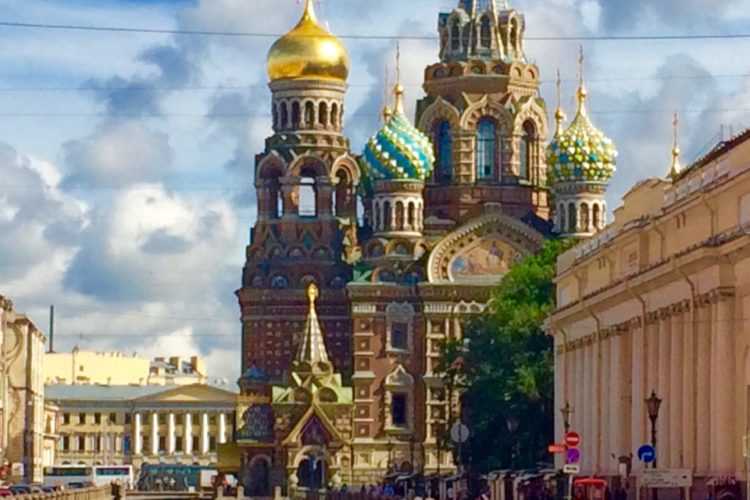
Wacky, Whimsical, Wonderful Wednesday, III
Happy Wednesday, everybody! Apparently, along with being wacky, whimsical, and wonderful, this Wednesday is also “Russia day” here at Through History-Colored Glasses. Purely by accident, the first two pictures I selected for today come from my trip to Russia in 2015, so, of course, the third one had to be, too. I hope you enjoy!
Wacky
Mephistopheles is real, folks, and, based on this pose, apparently also a dancer.
This 1880 marble sculpture by Mark Antokolsky is part of the permanent collection of the Russian Museum in St. Petersburg. While I would never want this in my home (that slight smirk is entirely too creepy and knowing to risk running into in the middle of the night), I couldn’t stop looking at it in the museum. I just love how delicate he appears, like a pixie or a sprite.
The Russian Museum, which houses–you guessed it–Russian art, is well worth a visit if in St. Petersburg. Having to compete with so many rockstar sites (the Hermitage, St. Isaac’s, the city of St. Petersburg itself….), many visitors just don’t have time for it. And, to be honest, if I had 48 hours in St. Petersburg, it’s not the site I would make a beeline for, either. But there’s a lot of beautiful and fascinating stuff to see. In fact, this may not even be the wackiest sculpture there!
Whimsical
Nearly all the palaces and museums I visited in the St. Petersburg area featured detailed models like this. For somebody like me, with a deep affection for dollhouses and dollhouse furniture (being a grown up, I now refer to these as “miniatures,” but who am I kidding?) of any kind, this is a surefire way to my heart.
Not that St. Petersburg’s Church of the Savior on Spilled Blood (often shortened to the “Church on Spilled Blood”) needs much help impressing its visitors. Built on the spot where Tsar Alexander II (the only 19th century tsar you’d want to have a beer with) was assassinated in 1881, it is built in the “romantic nationalism” style and is so striking that visitors are often overwhelmed. (You can see the real thing at the top of this post).
This model is an especially good idea, because the church is one of St. Petersburg’s prime tourist attractions and is built by a busy thoroughfare. Between the crowds inside and the crowds outside, it is really tough to get a good look at the whole.
Also, whoever designed the model gets serious bonus points for the miniature brick posts and snow-covered trees. Something about it makes me think of a (really elaborate) Santa’s village.
Wonderful
This is a view of the ceiling and cupola interior at St. Isaac’s Cathedral in St. Petersburg. The cathedral was so crowded that standing still long enough to compose a good ceiling photograph was next to impossible, so many of my photos are taken at odd angles. But, in this case, I like how it turned out.
The interior of the cupola, which can be seen in upper middle, features a huge painting of the Virgin Mary by Karl Bryullov. That faint line curling around, just beneath the windows, is indeed an observation deck. Visitors can hike up to the top for the best panoramic view of the city. Or so I am told, because I have to admit that I didn’t do it. I know, I know, but it’s a long way up.
Beneath the railing, there are images of the apostles and, moving further down and onto the ceiling proper, hundreds of images taken from biblical scenes. Most are painted onto the marble walls, but dozens of them are actually incredibly intricate mosaics.
Apparently, in the middle of the 19th century, when work on the cathedral’s decoration was well underway, the architect, Auguste de Montferrand, was aghast to discover that the paintings were already peeling away due to the damp conditions (St. Petersburg is essentially built on a swamp). He decided that the paintings should all be replaced with the more durable mosaics, but only 62 panels were completed. The work went on sporadically for nearly a century, but stopped for good in 1941, as the Nazis closed in on Leningrad (as St. Petersburg was then known).
If you visit St. Isaac’s, plan to crane your neck for a painfully extended period and, if there in summer, to do battle with your fellow neck-craners, but the cathedral’s interior is well worth a (literal) pain in the neck.
What do you think of this week’s selection? Would you you like to run into that Mephistopheles sculpture in the middle of the night? What about models and dollhouses (er, I mean, miniatures…)? Let me know in the comments section!

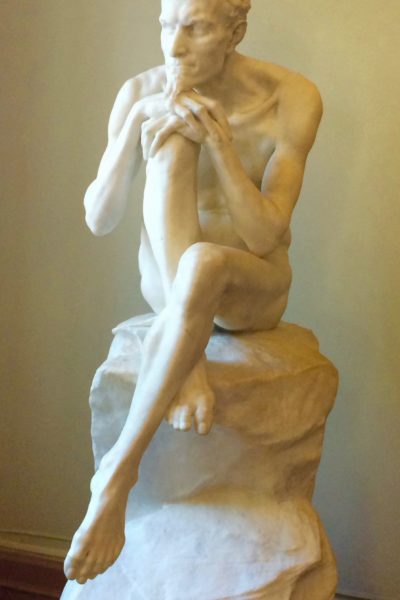
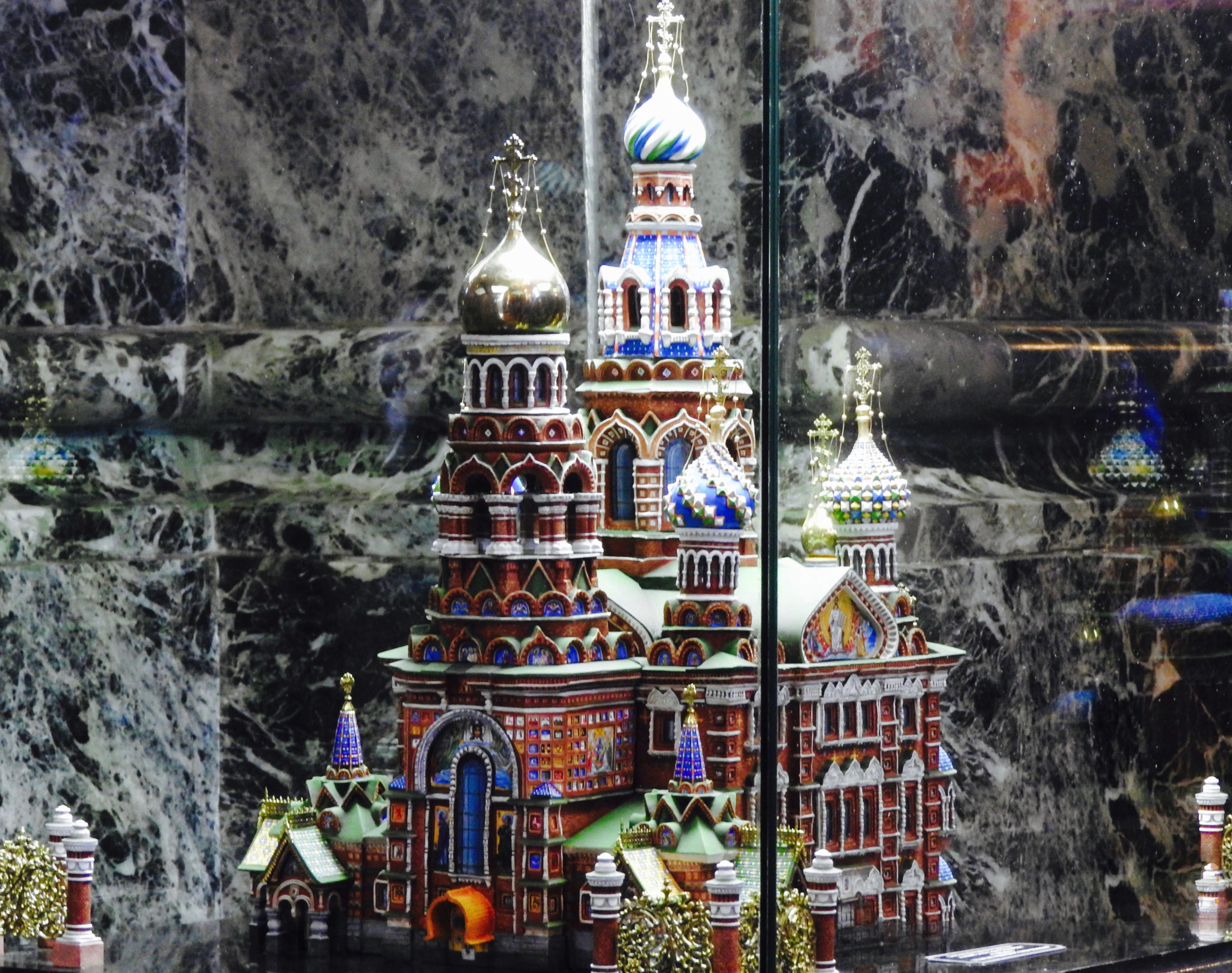
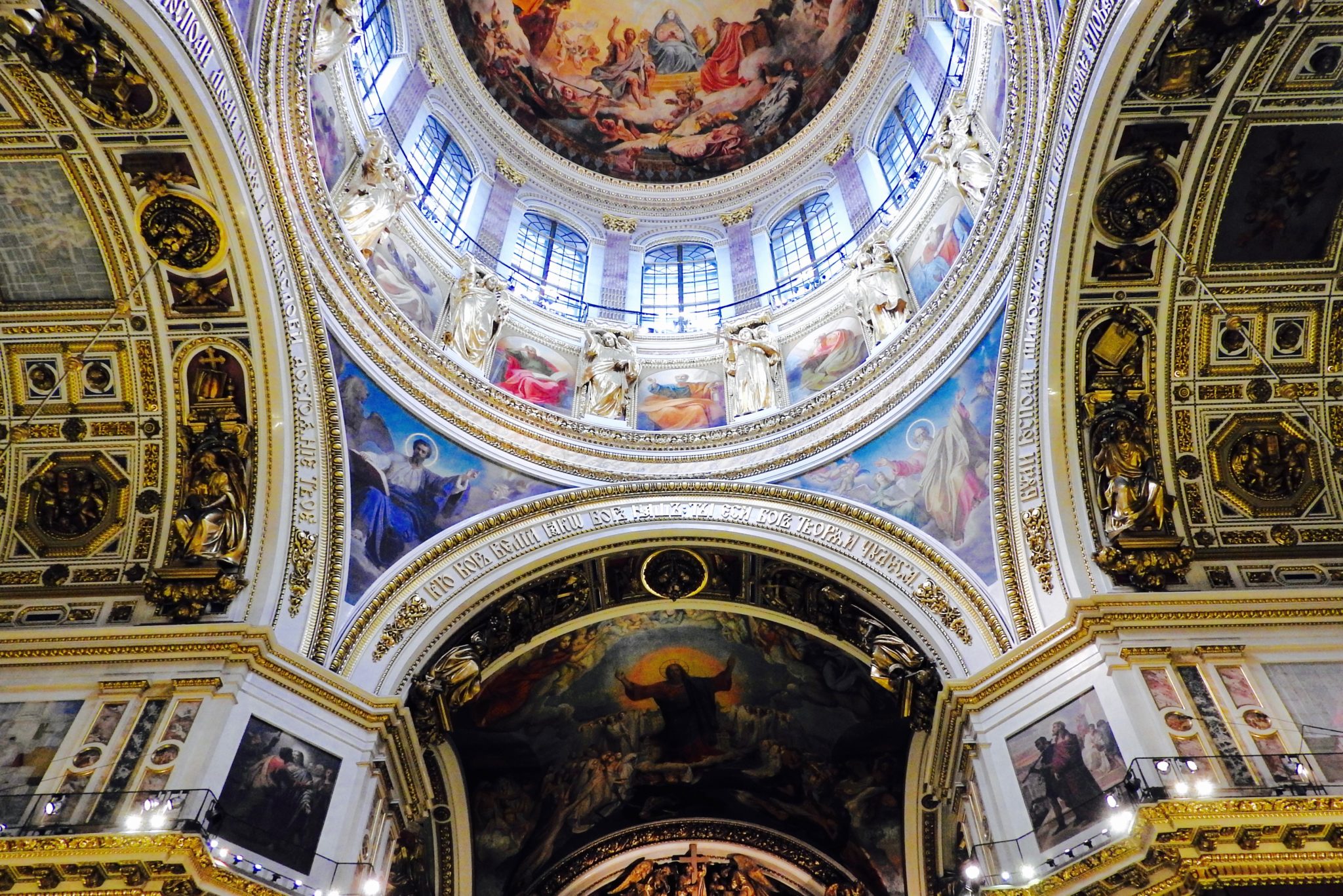


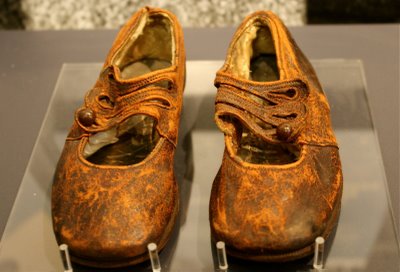
This Post Has 0 Comments